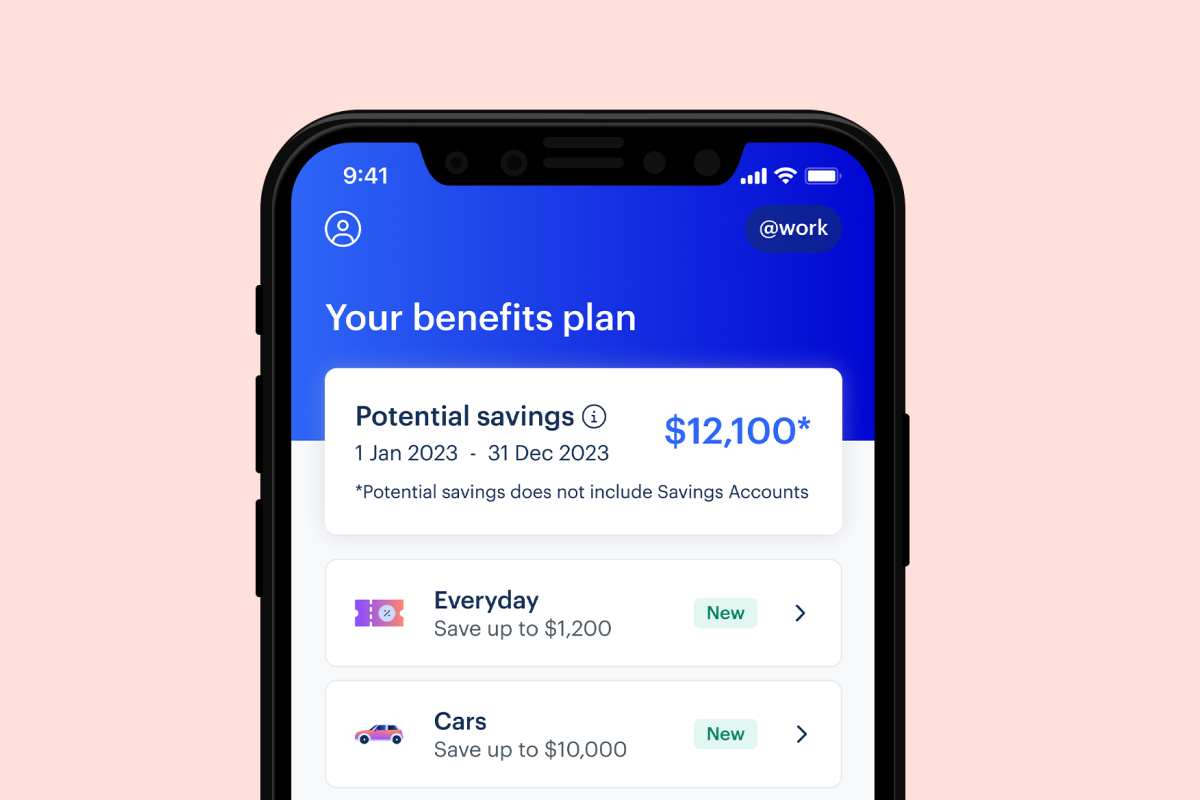“People have a real fear of being ‘caught out’ when it comes to money. A lot of people will bury their heads in the sand and ignore issues. Creating awareness around the problem, and showing people that they aren’t alone, goes a long way to help normalise conversations about financial stress and money management,” Stephanie points out.
“We know based on the insights from the Household, Income and Labour Dynamic (HILDA) study, statistically, almost half the population are financially illiterate. Programs should start with the assumption that there is very little financial awareness, and your job is to help build those blocks,” says Stephanie.
“For those who are experiencing hardship, it’s an excellent idea to provide links to where they can get assistance. That could be a service that you provide like financial counselling through your employee assistance program, or independent third parties. The government offers several free services like the National Debt Helpline,” highlights Stephanie.
“There will be varying degrees of knowledge and skills around financial concepts. Saving, budgeting, spending behaviours, attitudes to money, goal setting, paying down debt and investing – these topics underpin a sound financial strategy. This is a great place to start,” says Stephanie.
“I like to go deep into these topics. I use quizzes, examples, and case studies to illustrate meaning.
I also provide tips about easy ways to positively change behaviour, like automating savings or tracking how you spend. I break down complex financial concepts into bite-size and easy-to-digest soundbites. I want people to walk away from a session feeling empowered, not inadequate. The content should be relatable, easy-to-grasp, and engaging,” advises Stephanie.
“Once you have built out a baseline program, think about the perfect way to package that up to your employees. Could you brand this like ‘financial bootcamp’ and build a monthly campaign around it that leverages calendar dates and seasonality? We all know that Christmas is a tight period for a lot of people, so the lead up may be an ideal time to promote budgeting for big events, for example.
What is critical is that you set-up a program of activity or a calendar and make a commitment to providing great content and experiences regularly to engage employees with their financial wellbeing. Otherwise, you risk losing momentum,” explains Stephanie.
“Engaging a remote or dispersed workforce can also prove challenging when you are relying on an email address or an intranet to engage them. They want to access content where and when it suits them. That’s why Flare offers financial education through an app platform. This approach is much more aligned with content consumption patterns these days,” says Stephanie.
“For many employers, providing financial education and support to employees can feel risky due to compliance and privacy concerns. Advice around financial products is highly regulated in Australia and falls into two buckets, general and personal advice. General advice does not consider any personal circumstances and is general in nature. Personal advice is more specific and is tailored to the individual’s personal situation. Both require licences to provide advice,” Stephanie points out.
“The fines imposed on unlicensed financial advice are significant. Financial advice must only be provided by qualified and licensed financial advisers or financial counsellors, not by individuals or corporations who neither hold an AFS licence, nor are authorised representatives of an AFS licensee. It can be a criminal offence and result in jail time of up to five years and fines of up to $133.200 for individuals. For corporations the penalties are up to $1.33 million1,” warns Stephanie.
“Many businesses just don’t have the time, resources or expertise to support a financial education program,” states Stephanie. “If this is the case, there are partners available that you can lean on to help roll out your education. Flare, for example, offers financial wellbeing content through our free Flare app.”
“This helps us to scale education, meaning that we can support reach by making this information easily accessible and in the palm of your employees’ hands, at their convenience. Through this, we address several topics that we know are central to financial wellness, like money mindset and behaviours,” says Stephanie.








